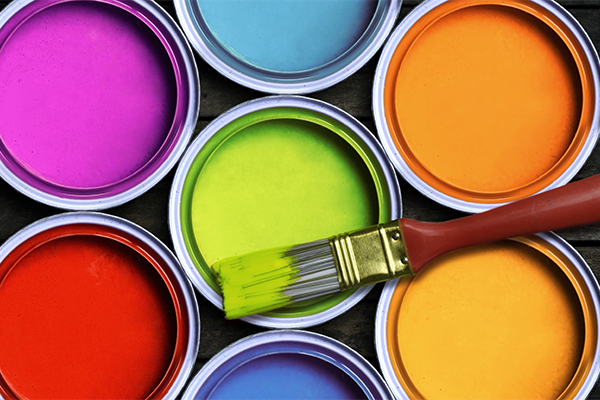When it comes to vehicle aesthetics and longevity, few issues are more irksome than paint chips. Whether it’s from a rogue pebble during a road trip or a careless shopping cart in a parking lot, these unsightly blemishes can tarnish the pristine look of your prized automobile. Fortunately, fixing paint chips is not only a feasible task but can also be accomplished with a bit of knowledge and the right tools at your disposal. In this article, we shall explore the intricacies of paint chip repair, detailing various methods, materials, and tips that can help restore your car’s exterior to its former glory.
Understanding Paint Chips
Before embarking on a repair journey, it’s critical to understand what paint chips are and how they affect your vehicle. Frequently caused by environmental factors and physical impacts, paint chips can expose the underlying metal to moisture and contaminants, leading to corrosion and rusting if left untreated. Immediate attention to these trivial yet damaging chips is essential for maintaining your vehicle in tip-top condition.
Assessing the Damage
Prior to initiating any repair procedure, the first step is to assess the extent of the damage. Are the chips superficial, or have they penetrated through multiple layers of paint? A thorough inspection will dictate whether a simple touch-up is adequate or if a more rigorous repair process is warranted. Remember, each chip may require a tailored approach; therefore, take your time to scrutinize the area before proceeding.
Gathering Necessary Materials
Successful paint chip repair hinges on using the right materials. Gathering the following items will set the stage for a seamless repair experience:
- Touch-up paint: Ideally, this should be matched to your car’s existing color, which is typically found on a label or sticker inside the driver-side door frame.
- Clear coat: This is crucial for sealing and protecting the repair, giving it a polished appearance.
- Paintbrush or applicator: Fine-tipped brushes work best for precision application.
- Rubbing alcohol or prep wipes: For cleaning the damaged area.
- Sandpaper or a fine sanding block: To smooth out rough edges around the chip.
- Microfiber cloth: For polishing the area post-repair.
Repair Methods
Now that you’re suited up with your tools, let’s dive into the various methods for repairing paint chips:
1. Touch-Up Method
This method is ideal for smaller chips that don’t compromise the underlying metal. Begin by cleaning the area around the chip with rubbing alcohol, ensuring no dirt or wax remains. Once cleaned, use the fine-tipped brush to apply the touch-up paint. Allow the initial layer to dry completely before adding additional coats to achieve the desired color saturation. Finish with a coat of clear sealant to provide durability.
2. Sanding Method
For chips that require a more thorough repair, consider the sanding method. Start by using sandpaper (400-grit) to smooth the edges of the chip, removing any loose paint flakes. After sanding, clean the area with rubbing alcohol. Proceed to apply the touch-up paint methodically, ensuring you build up layers gradually. Once dried, sand lightly between coats for a professional finish. End with a protective clear coat to seal the paint.
3. Blend-in Technique
If the chip is larger and more visible, blending the touch-up paint can help to mask imperfections. After cleaning and sanding the area, apply touch-up paint around the chip, extending it slightly beyond the edges. Once dried, use a fine grit sandpaper to feather the edges. This blending creates an illusion of continuity, making the repair less noticeable. Follow this up with a clear coat to finalize the look.
Preventive Measures
- Regular washing: Keeping your car clean minimizes the chances of dirt and road grime causing chipping.
- Waxing: Regular waxing provides a protective barrier against environmental damage.
- Paint protection film: Consider investing in a protective film for high-impact areas, effectively shielding your car from potential damage.
Conclusion
Paint chip repair may seem daunting at first, but with the right knowledge, materials, and techniques, it can be executed successfully and efficiently. Embracing the repair process not only enhances your vehicle’s aesthetic appeal but also plays a vital role in preventing potential long-term damage, ensuring that your car remains a source of pride for years to come. Remember, while the process may take time and patience, the results will undoubtedly reflect your efforts, showcasing a well-cared vehicle that turns heads on the road.
